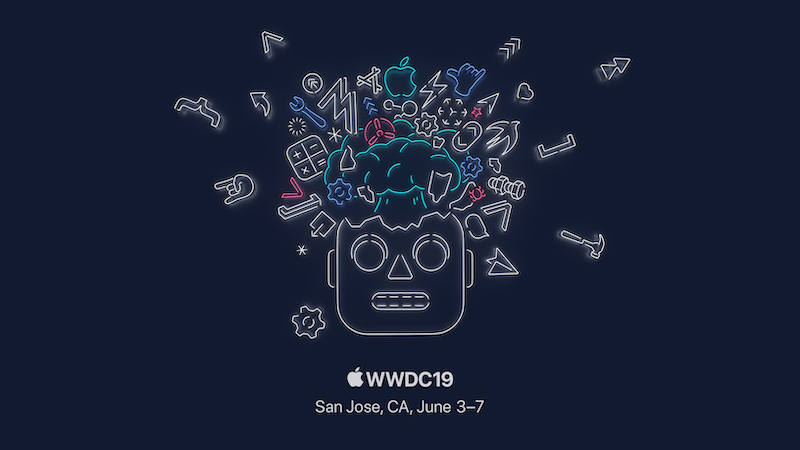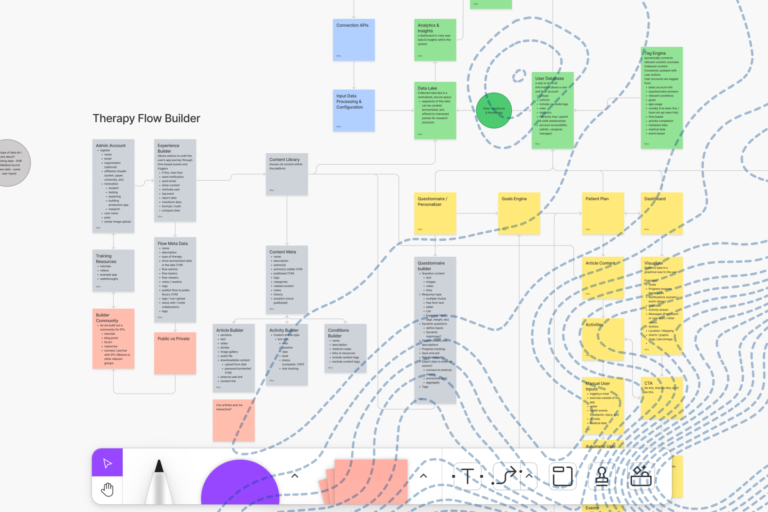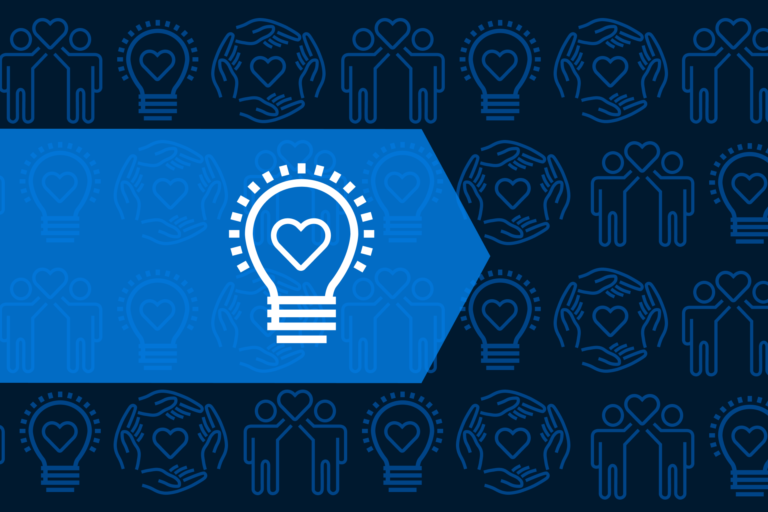We’re just closing out our review of WWDC 2019, and we wanted to highlight some of the major themes from this year’s conference as it pertains to Product Management and Digital Health. Apple provides videos of all of their presentations online, and so everything mentioned in this publication has already been published by Apple. Apple also publishes its own version of the highlights, and you can access videos of all of the presentations here.
Executive Summary
- Healthcare: They launched a host of new Digital Health apps and platform features (see Healthcare section below).
- Privacy: Apple maintains their dominant position in mobile privacy and launched many new platform features for security-conscious enterprises that have privacy or regulatory concerns (more below).
- Architecture: For years the trend has been to move processing from the phone to the server, and now it’s coming back to the phone. This new trend is driven by privacy where consumers are much more careful about sharing their data in the cloud, and so the app developer is compelled to keep the data on the phone to keep it safe (e.g. Optical Character Recognition, Machine-Learning, etc). The processing power of modern phones is certainly a driver as well.
- Machine-Learning (ML): Apple is investing heavily here in Core ML 3, and portability among ML vendors has truly arrived to the platform. You can build models in TensorFlow, Onyx, etc, and then export them into your Apple apps. They have added several new cutting-edge ML models, and you can have your applications download newly created ML models dynamically. The videos on Machine Learning and Core ML 3 show the breadth and depth of these respectively.
- Personalization: A new era of “privacy-focused personalization” is now possible if you combine many of the themes from WWDC this year. For instance, an application that does complex speech-to-text might ship with a base ML, and then you could ask the user to say some control phrases for calibration. This user data can be used to train the ML model directly on the phone instead of sending this to the cloud.
- Partnerships: It’s common for large platform providers to replicate functionality that is presently being delivered by another vendor or partner. Partnerships are tricky, and every major platform business has had its share of showdowns with its own partners as the platform matures. This year was no different with Apple launching many platform features that other developers currently provide (e.g. OCR, ML, AR, etc).
Struggling with Epic integration?
Product Management Highlights
There are numerous announcements that impact industry-wide Product Managers.
- Sign In With Apple: This will mimic the OAuth functionality that exists for both Google, Facebook, and others. The major difference for consumers is that Apple conceals your real address by creating a proxy email address for each application where you allow Sign In With Apple. This means that the publisher will never get your real email address, and will be unable to do cross-site behavioral targeting (e.g. advertising) which is very common in the advertising platforms offered by Google and Facebook. For product managers, a major consideration is that if you offer logins on either Google or Facebook, then you must implement Sign In With Apple in the near future.
- CloudKit: The newest release includes Multi-User support, and this should usher-in a whole new level of sharing between applications.
- SwiftUI: SwiftUI is ready for primetime, and is the new and preferred way of designing Apple applications. This video on building your first SwiftUI app gives an overview.
- Independent Watch Apps: Watch apps can now be independent standalone applications, and don’t need to be tethered to a phone. This also means that you could have apps that use Bluetooth directly with your AirPods or Bluetooth hardware, and don’t utilize the phone at all. The video on Creating Independent Watch Apps gives an overview.
- App Loading: The average load time for a new application has gone from 20 ms down to 9 ms in IOS 13.
- From Mobile to Mac Apps: You can now build Mac apps from your iPhone or iPad apps in Xcode. Atlassian Jira was the launch partner and demonstrated their [formerly mobile-only] application running on the Mac.
- “Allow Once” Location Privacy: A user is empowered to allow your app to download your location only once, and they will be prompted again the next time a location request is made. It will also be possible for a user to view a report of all location requests.
- iPad OS and “Desktop-class” Safari Browser: Apple is doing more to make the iPad a bonafide platform instead of just a bigger phone. Desktop-class browsing has been added to Safari on the iPad, and so you are less likely to be annoyed with a phone-sized website when you’re on your iPad.
- OCR: OCR is now a platform API feature, and can be used for images or in conjunction with the camera.
- ARKit: The applications for ARKit are just amazing if you’re lucky enough to be in a business where it can be utilized.
- tvOS: A host of new features on tvOS including multi-user support, XBox One controller support, Playstation 4 controller support
Need help navigating the new regulations?
Digital Health Highlights
Apple’s COO previously called the Apple Watch Series 4 as “… an intelligent guardian for your health,” and so this year’s WWDC was illustrative of this commitment. The keynote presentation also includes a presentation by Dr. Sumbul Desai who is Apple’s VP of Health.
- Watch Series 4 and WatchOS 6: Apple launched Watch Series 4 in September 2018 which required FDA clearance (i.e. different than FDA approval) for two components of functionality: 1) Electronic Cardiogram (ECG or EKG) and 2) Irregular Heart Rhythm Detection. These also included the ability to receive notifications for High Heart Rate Notifications and Low Heart Rate Notifications. Despite being able to visualize these in Apple Health, developers at the conference told me that you’re unable to pull these out of HealthKit for the time being. I’m assuming this is due to Apple punting on the regulatory concerns around sharing this data (for now). Apple has a lot of information about Watch Series 4 on their website.
- Activity Trends: Apple will be releasing more notifications around your fitness trends, and more extensive reports with complex charts in the next version.
- Noise App and Hearing Health: Your phone will notify you when you’re in loud environments, and continue to send you warnings for prolonged exposure as time progresses.
- Cycle Tracking: You can track menstrual cycles, and receive fertility updates. It was not clear the extent to which this information can be accessed by other app developers.
- Independent Watch Apps with Medical Devices: Now that apps no longer require a phone counterpart, it’s likely that Medical Device companies that want to utilize this will need to change their delivery methods in order to remain compliant. For instance, making instructions available on the watch, UDI numbers, etc.
- HealthKit and Health UI Widgets: Apple is releasing a lot of UI widgets to integrate directly into your app that handle Patient data, Care Plans, Medication Adherence, etc. You can even tweak certain medications or activities such that they won’t impact your overall daily adherence circle. The video on HealthKit is informative.
- ResearchKit and CareKit: These are open source libraries that have been revised to include more features for both investigators and patients. The videos on ResearchKit and CareKit are informative.
- Butterfly IQ: We were very impressed with this Medical Device for performing an ultrasound that includes a ground-breaking new interface that was the winner of an Apple Design Award.
- Other Health Benefits of Watch Series 4: Fall detection can figure out when you’ve fallen, and Emergency SOS will call 911 meanwhile displaying your Medical ID. It was not clear the extent to which this information can be accessed by other app developers.
We hope you found this summary helpful, and please let us know your feedback!




